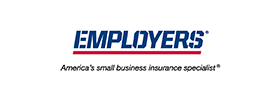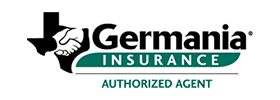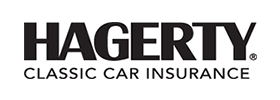Floods can wreak havoc on communities and the homes within them. Water gushes through doorways, saturating everything throughout the house. It’s common to see basements full of several feet of water. Once the water is gone, mold often remains due to the previously damp environment.
How Common is Mold After a Flood?
Unfortunately, mold is prevalent after a flood. Mold spores are everywhere. Once a flood creates a damp environment, the mold spores have the necessary environment to thrive. Often, the water must be cleaned up within 48 hours to prevent mold, but that’s rarely the case during a flood. Removal companies are often overwhelmed, and homeowners must wait for insurance companies before clean-up can begin.
Flood Insurance Is Crucial
Standard homeowner’s insurance policies in San Antonio, TX, usually don’t cover every natural disaster. Most policies exclude floods and flood damage, including mold that results from floodwaters. However, homeowners can get add-on coverage to protect their property in the event of a flood. Here at Ellis Insurance Agency, we can help you determine if you’re high-risk and need flood insurance.
Will Flood Insurance Cover Mold Removal?
Flood insurance often covers the removal of water and may also cover property and structural damage. However, most policies don’t automatically cover mold remediation. Some will cover mold removal if there is a specific reason for the mold, such as authorities deeming the building unsafe to enter. Companies may also offer additional coverage to remove mold from your home. This differs depending on the company.
Every company is different in terms of what damage is covered after a flood. An experienced agent at Ellis Insurance Agency can help you learn everything that’s covered by your policy. We can also help you determine if you need additional coverage. Contact us to learn more today. We’re currently serving the San Antonio, TX, area.


























